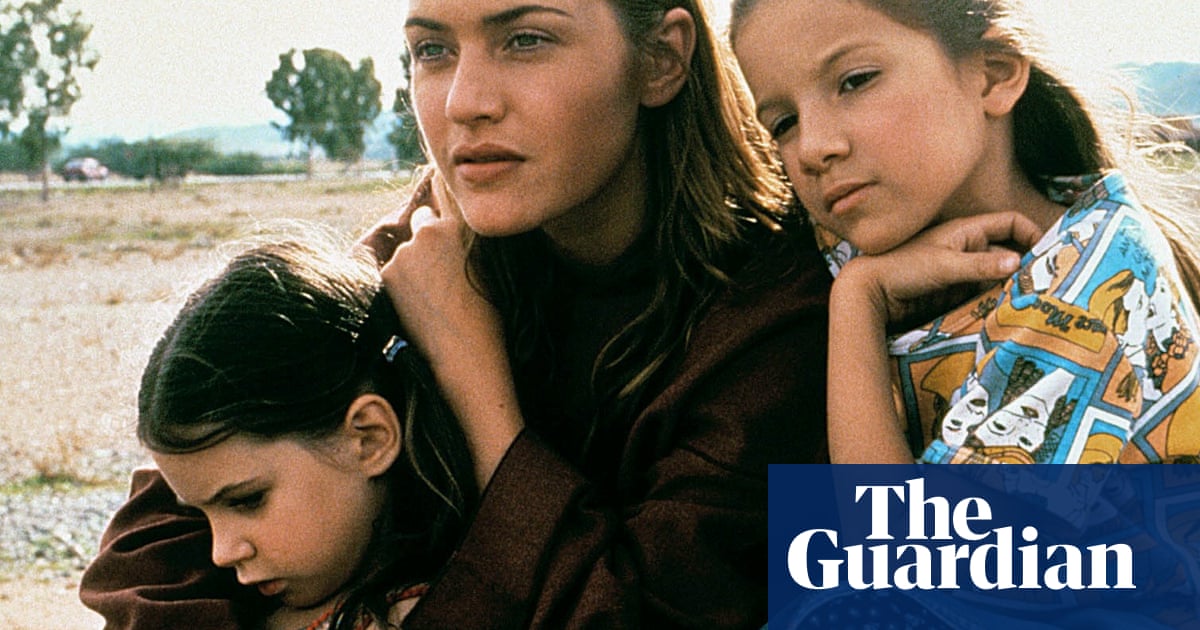Esther Freud’s childhood on the Moroccan hippy trail inspired her 1992 debut Hideous Kinky. That novel was told through a young child’s limited perspective, so daily life was described vividly – almond trees and coloured kaftans – while bigger issues, such as why she didn’t see her father, remained vague and mysterious.
Some 30 years later, Freud has returned to the same narrator, Lucy. But in this accomplished new novel, she explores how Lucy grows up and starts to question the impact of her unconventional upbringing. My Sister and Other Lovers opens with teenage Lucy, her mother and sister once again on the move. It’s the 1970s, her mother has a new son from another failed relationship, and they are on a ferry to Ireland, as they have no money and nowhere else to go.
Bohemian rootlessness in Morocco at least meant sunshine, but this is an altogether murkier existence. The family wait for buses in the rain, hitch lifts, share rooms in communal houses. Walls are cracked, carpets moth-eaten. Even a stay in a Scottish manor seems feral and dangerous: the girls eat tinned ravioli off the floor, play lethal games on frozen lakes, and roam in packs with other unsupervised teens.
Sensing opportunity, men sniff about the sisters: they are girls without boundaries, grateful for any attention. This is a pre-#MeToo, pre-internet, pre-smartphone world. Messages are left on answering machines. Letters are left with pub barmen. Children are left with strangers. “I love your mother,” says one of Lucy’s friends later. “Remember how she never minded what we did?”
Once, the family stay at a farm where they are woken by screaming because the farm dog has killed its own puppies. The mother briskly tells her daughters that the dog did it “for their own good”. This is the book’s main concern: the damage that can be done to children by their parents.
Both Lucy and her author seek to understand rather than condemn. We learn that Lucy’s mother had kept her daughters secret from her Irish parents, preferring the hardship of a rackety life to the risk of ending up in an institution for unmarried mothers. Her defiance is admirable, but her refusal to conform has consequences, especially for elder sister Bea, who is preyed upon by one of her mother’s boyfriends. One of the darkest elements of the novel is the mother’s refusal to believe Bea. “How could she remember? She was only six years old!”
In the absence of a stable family, the relationship between the sisters becomes vital – and is beautifully drawn. Furious Bea is determined to make her escape, while Lucy is desperate to keep them together. Lucy is an appealing narrator, both as a sensitive teenager and later as a young mother, aware of her own failings: “I’d searched for a family with every job I’d done. How often I’d adopted one, only to find it more precarious than my own. I’d chosen men – I was starting to discover this – loved them in direct relation to how likely they were to leave.”
after newsletter promotion
My Sister and Other Lovers is billed as a novel but arguably occupies an interesting grey area between novel and memoir, resisting the expectations of both and creating something all of its own. It has three parts, each showing Lucy and Bea at different points in their lives, but doesn’t provide dates. Some characters appear in all three sections, but others simply vanish; unusual in a novel, yet close to the way life really is. Similarly, the decision not to name either parent in the book – they are always “mother” or “father” – seems both a refusal to identify them and a refusal to fictionalise.
Intriguingly, Freud also explores the impact of sharing your family story. Bea ends up making a film about their childhood (as Hideous Kinky was made into a film starring Kate Winslet) and, in an interview, tells a journalist she “never felt safe”. This public exposure infuriates their mother. “Write and tell them it’s not true,” she demands.
It’s especially interesting as Lucy, our narrator, who we may have assumed is a stand-in for Freud, is here left to wonder why Bea’s version of events is the one accepted as truth, while her memories remain private. There are, the novel suggests, multiple versions of every family story – even the one we are reading. It’s a fascinating tangle of fact and fiction that refuses easy answers, and a subtle, clever, evocative book.
